There’s a certain rhythm to life in the bush — one that can’t be rushed or predicted. And for many guests at Shumbalala Game Lodge, the most meaningful moments aren’t always the ones that make it onto Instagram. A real safari is about more than ticking animals off a list. It’s about the process — the waiting, the watching, the wondering.
The Seasonal Symphony: Migratory Birds in South Africa's Summer at Shumbalala Game Lodge
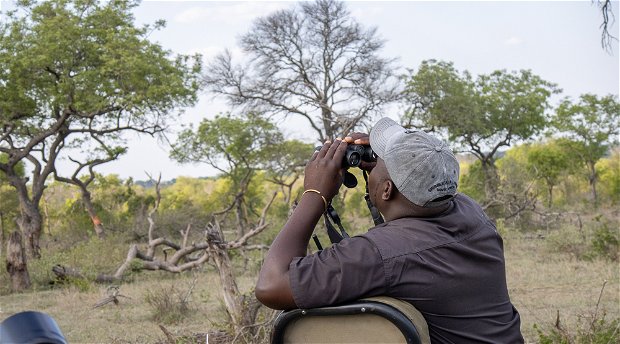
As the Lowveld warms and the days extend, birdwatchers are in for a real treat. With the seasonal shift, a diverse array of migratory birds make their way here, joining the extensive variety of species that call South Africa home. Of the 850 species gracing our skies, about 100 are migrants, attracted by the abundant food, warmer temperatures, and favourable breeding conditions our summer offers.
Why Birds Migrate
Bird migration is not simply about traversing distances; it's a fundamental aspect of their survival. A variety of bird species depend on the seasonal abundance of insects, flowers, fruits, and seeds, which are most plentiful in warm climates. This ensures that migratory birds not only survive but thrive, especially when breeding. South Africa, with its rich and varied ecosystems, offers an inviting space for these species, and provides the perfect conditions for their summer stay.
Categories of migrants
Depending on their origin, migratory birds fall into three categories:
- Intra-African Migrants: Many species within Africa migrate seasonally within the continent's boundaries. A good example is the Wahlberg's eagle, a raptor that makes its way to South Africa from the northern tropics. These birds are driven by the quest for suitable breeding grounds, timing their arrival to coincide with the onset of the rains that bring a surge in food supply. They start breeding soon after arrival, a time-sensitive endeavour to complete their reproductive cycle within the confines of the seasonal window.
- Palearctic Migrants: Originating from the cooler climates of Europe, extreme northern parts of Africa, and parts of Asia, these birds embark on an impressive journey to the south. While their stay in South Africa is usually brief, it is critical for their survival through the winter months. Due to the relatively short time they spend in South Africa, these migrants generally do not breed here; instead, they focus on replenishing their energy reserves before the long journey back to their breeding grounds.
- Altitudinal Migrants: This unique group may not cross continents, but their migratory feats are no less remarkable. Species like the Drakensberg Rockjumper navigate the varying altitudes within South Africa itself, moving from high elevations to lower terrains as temperatures drop. While their journeys may be shorter in distance, these shifts require remarkable adaptability to the changing conditions brought on by different altitudes
Navigation and Migration

A masterful combination of innate instincts and environmental signals help birds to navigate their epic migrations. Relying on the Earth's magnetic field, solar position, and celestial patterns, they traverse thousands of miles with remarkable precision. Interestingly, this ability is both inherited and learned; even young birds can embark on extensive journeys soon after hatching, instinctively knowing their routes and stopover points alongside the adults.
In preparation for migration, birds undergo hyperphagy, or eating heavily to build fat through hyperlipogenesis, which serves as vital fuel for their long, food-scarce journeys. When selecting routes, they consider the availability of food, suitable stopover sites, geographic features, and wind patterns. Larger birds tend to glide on thermals to conserve energy, necessitating land-based routes to avoid the vast, thermal-lacking oceans. Those with greater fat reserves have the endurance for longer, non-stop flights, thus covering distances faster compared to those who must refuel more often. Sometimes, birds may even choose circuitous paths if they harness energy-efficient winds.
Five Migrant Birds to Watch for at Shumbalala Game Lodge
Woodlands Kingfisher
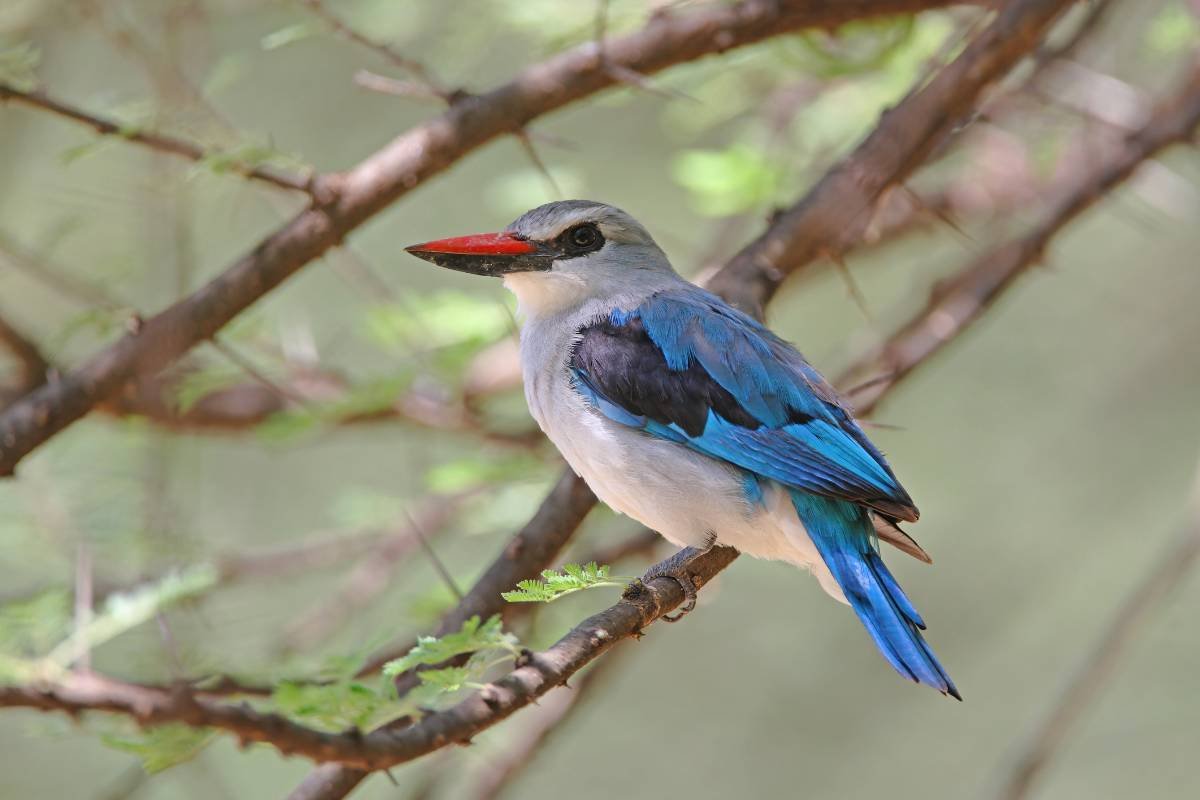
- Characteristics: Striking blue and white colours, known for its incessant calls.
- Season: Arrives in mid-November, departs mid-March.
- Interesting Fact: Despite its name, it rarely fishes and prefers to hunt insects from low-hanging branches.
European Bee-eater

- Characteristics: Dazzling plumage featuring a mix of turquoise, yellow, and green.
- Season: Usually arrives in September.
- Interesting Fact: It's monogamous and exhibits deep loyalty to its partner.
Wahlberg's Eagle
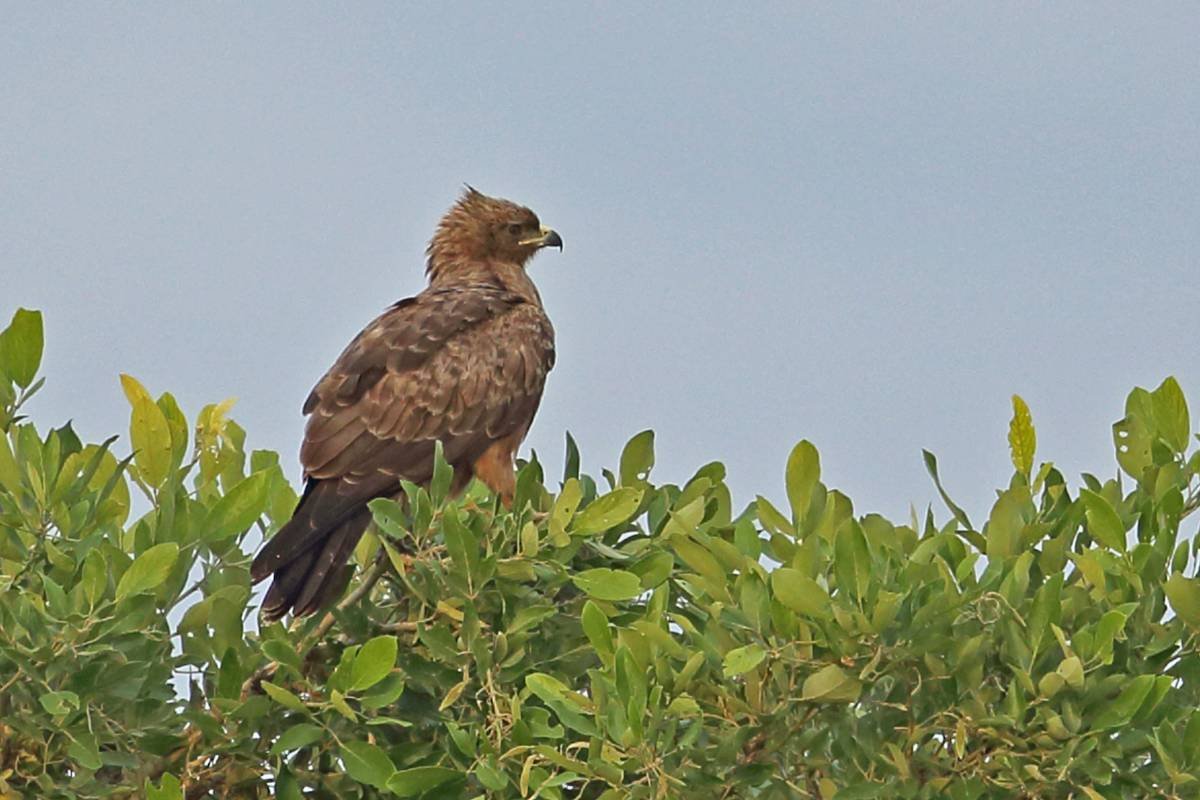
- Characteristics: Small size and various colour morphs.
- Season: Among the earliest to arrive, usually by August.
- Interesting Fact: Wahlberg's Eagles return to the same nesting site each year to raise their single chick.
Steppe Buzzard
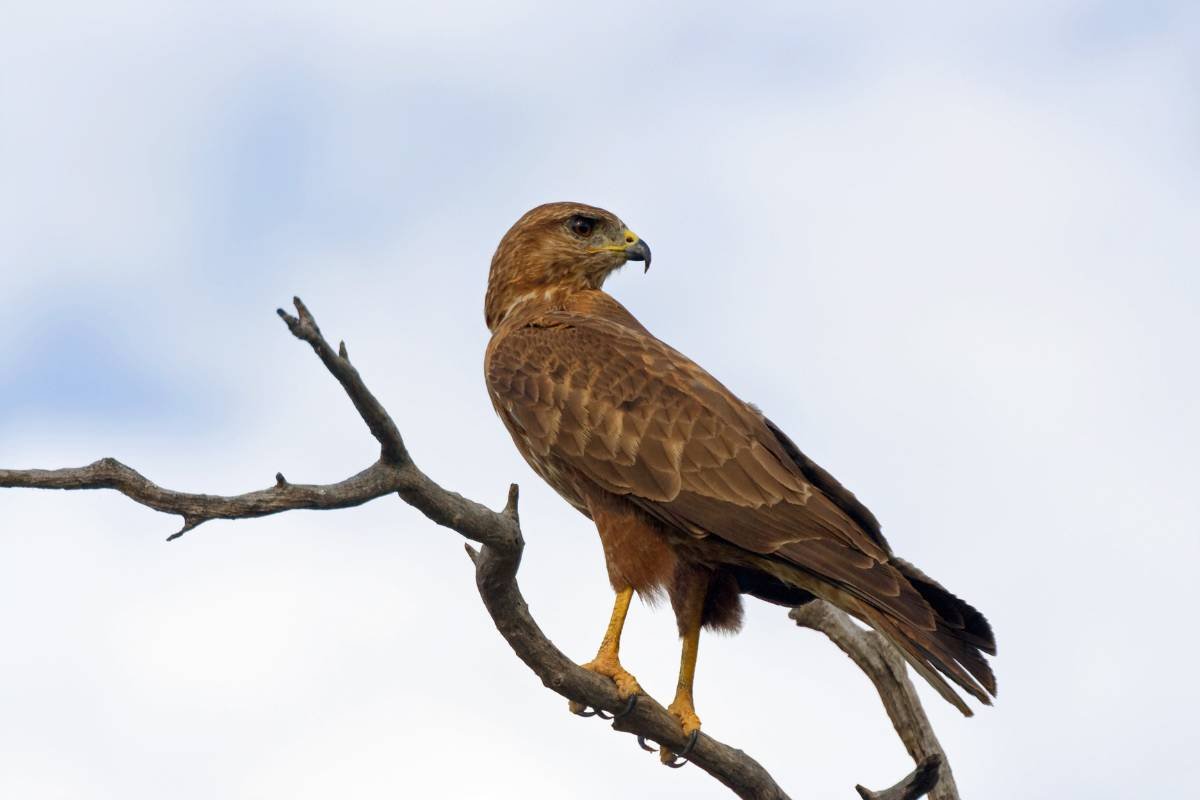
- Characteristics: Broad wings and tails, often perches on utility poles.
- Season: Variable, but often seen during the South African summer.
- Interesting Fact: It's the most commonly seen buzzard in the Kruger National Park.
Amur Falcon

- Characteristics: Small, agile, and often seen in flocks.
- Season: Arrives for the South African summer.
- Interesting Fact: Travels one of the longest migration routes of all bird species, approximately 22,000 km.
Tip: We ensure that all our guests are equipped with high-quality binoculars, which are indispensable for bird-watching.
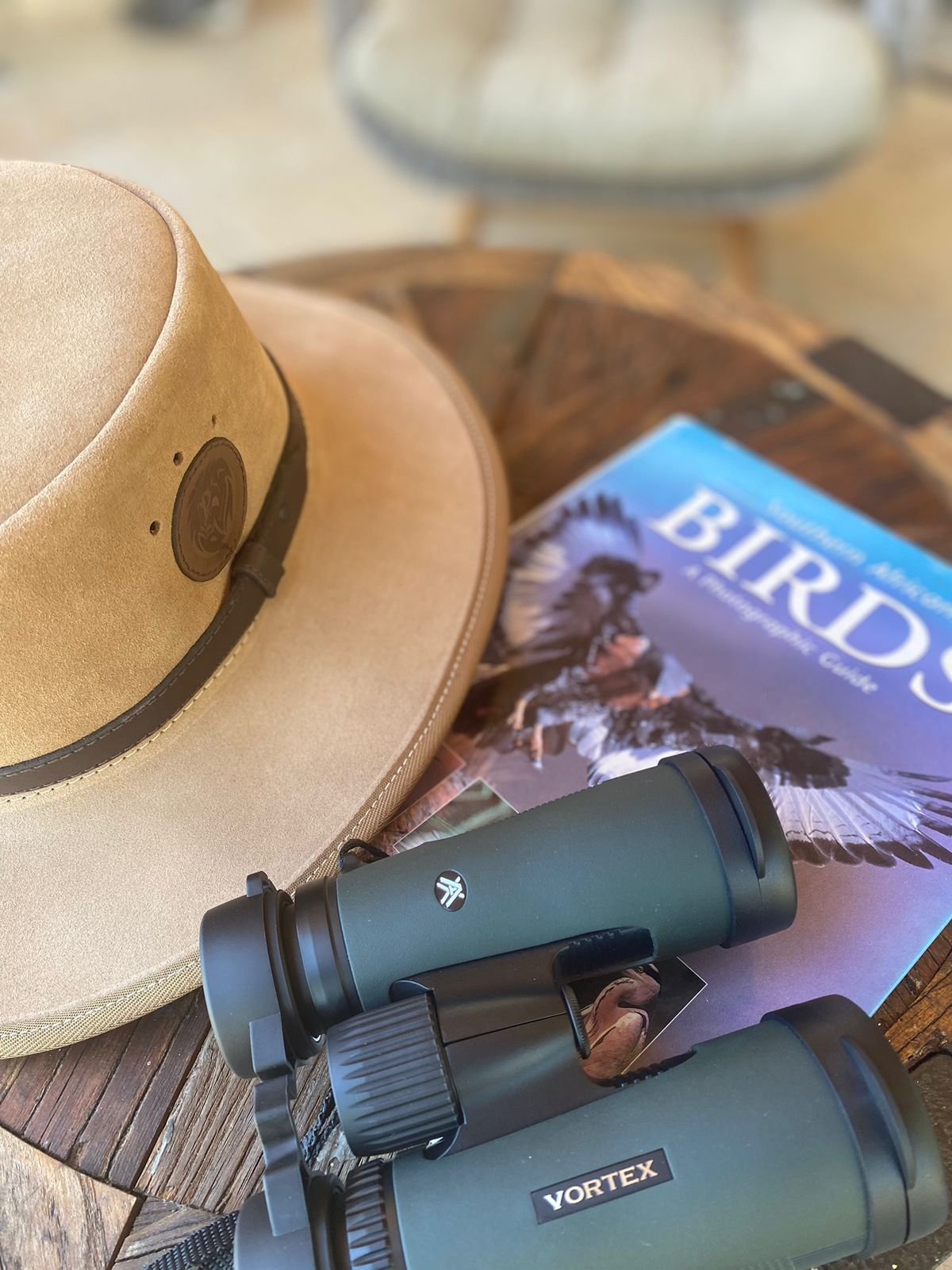
As summer unfolds at Shumbalala Game Lodge, make sure you're here to witness the remarkable return of migratory birds in the Lowveld. We're eager to welcome you, and to be a part of your birding adventures.
Further Reading
If you’re planning your honeymoon and find yourself torn between golden beaches and something a little different, you’re not alone. The beach is a classic choice — but we’re here to let you in on a little secret: A honeymoon in the bush is something magical. And at Shumbalala Game Lodge, in the heart of the Thornybush Private Nature Reserve, it might just be the most romantic escape you never knew you...
At Shumbalala Game Lodge, some mornings come with coffee and a view. Others come with coffee and elephants. You never quite know which — and that’s part of the magic. The birds are calling, the air is crisp, and the day begins slowly, just as it should in the bush. Then, through the thickets, the unmistakable sound of movement. A soft crackle of leaves, the low rustle of branches — and then,...

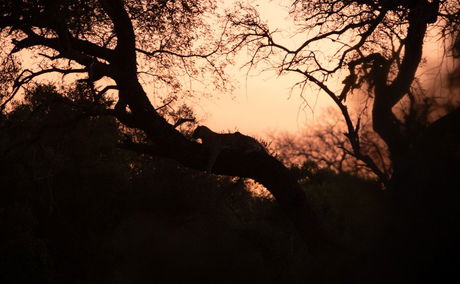

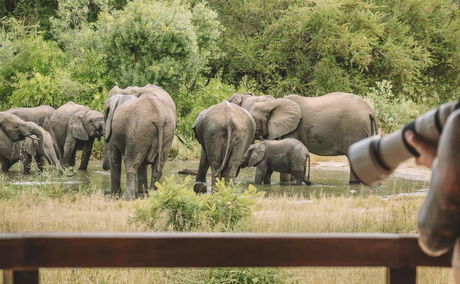
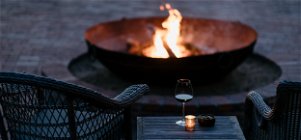

Share This Post